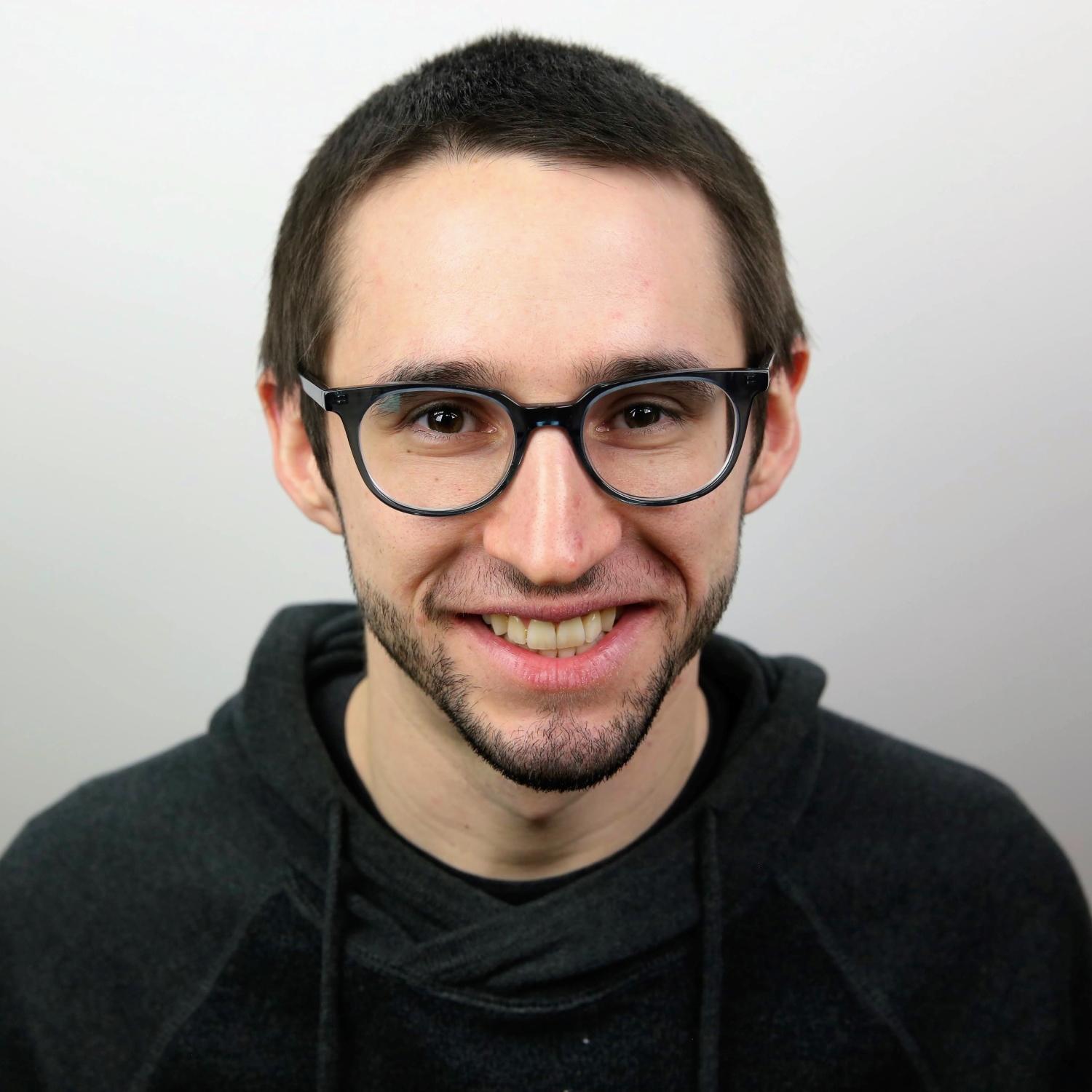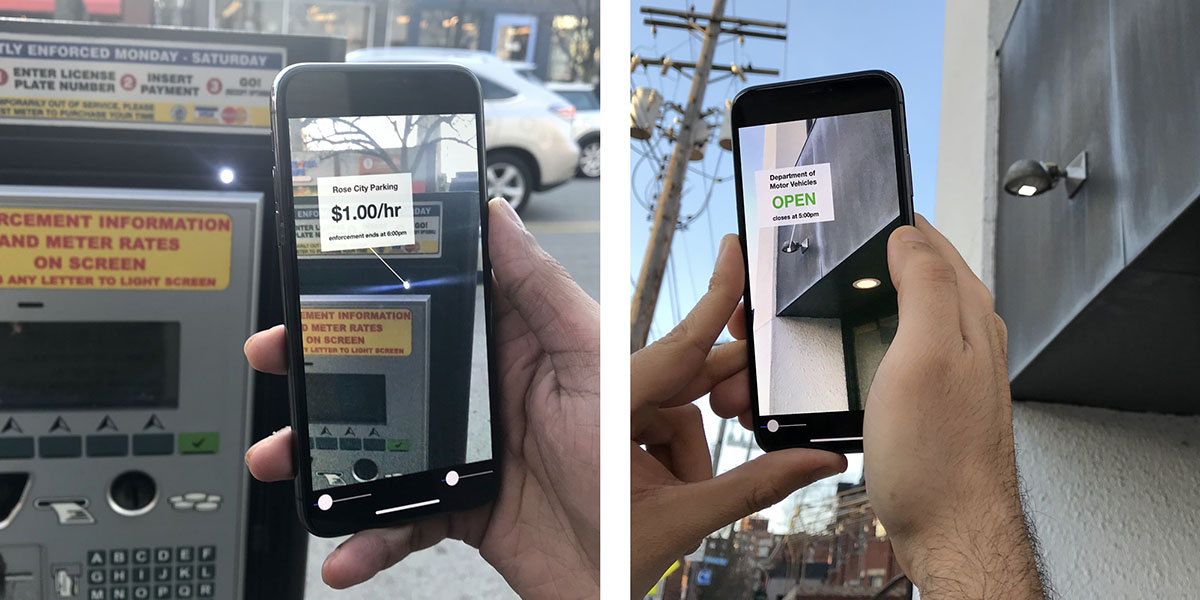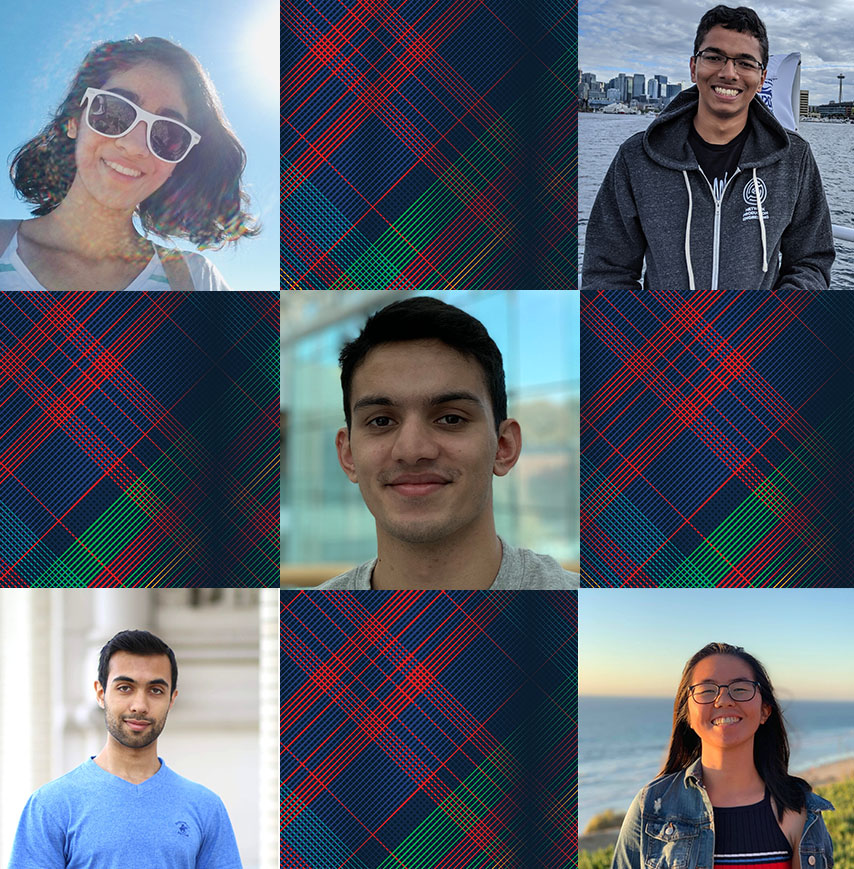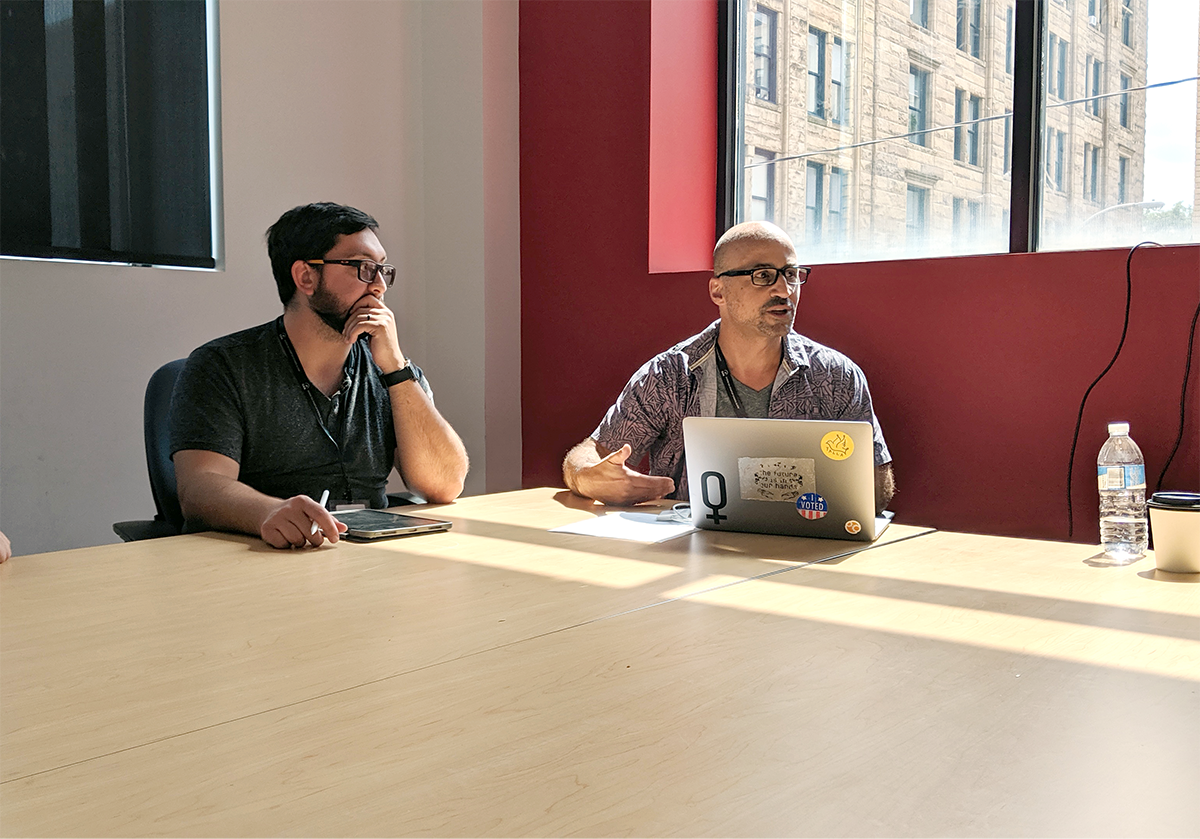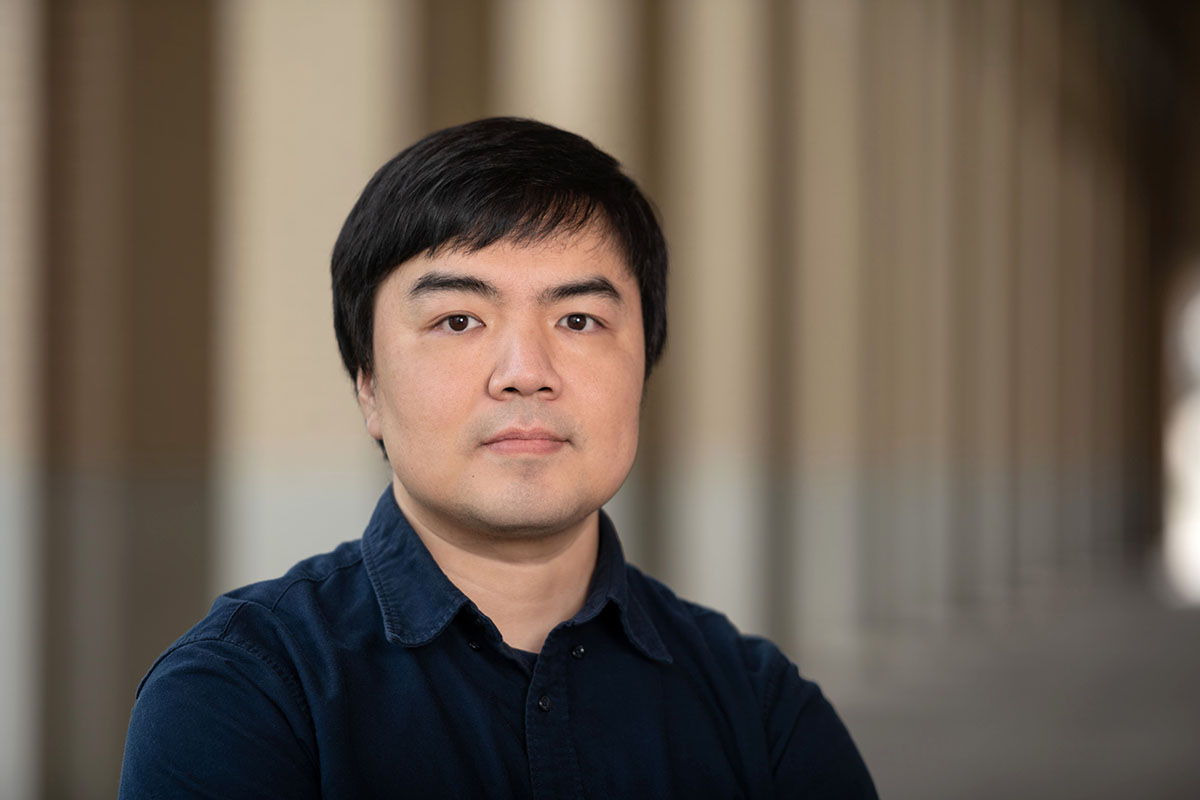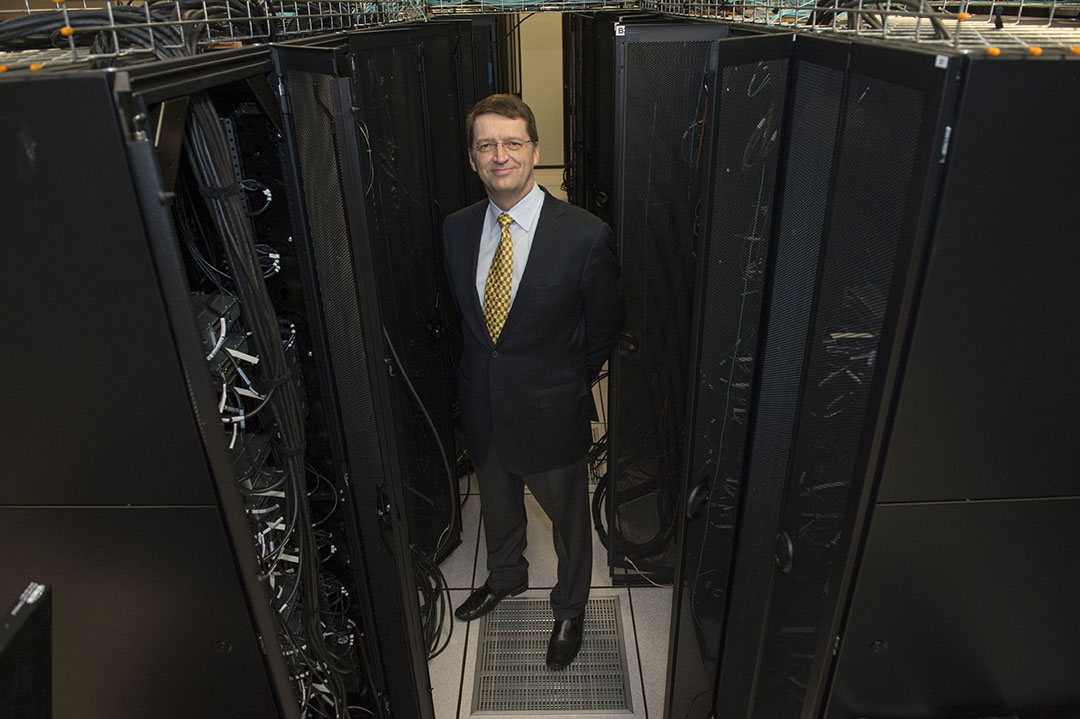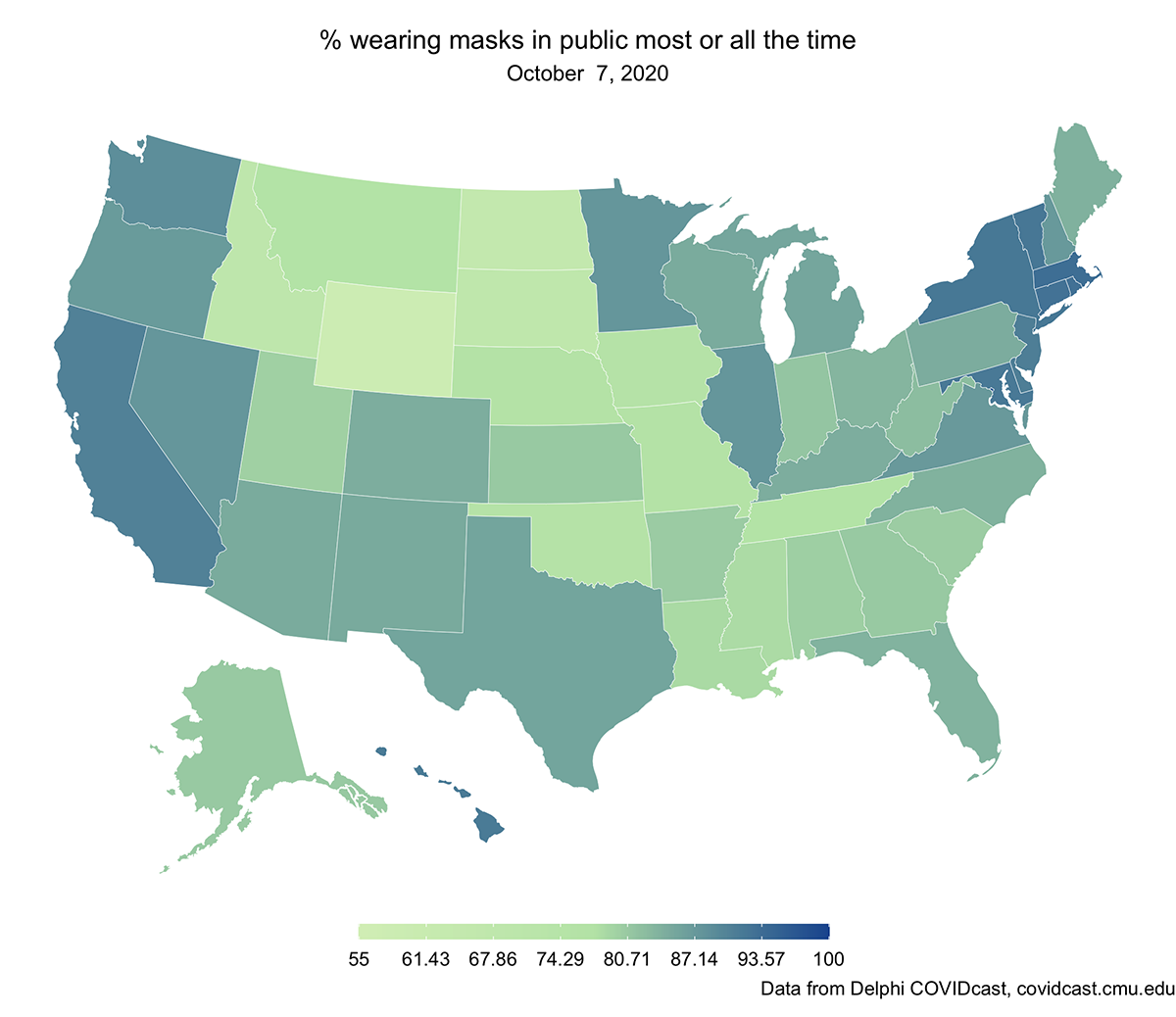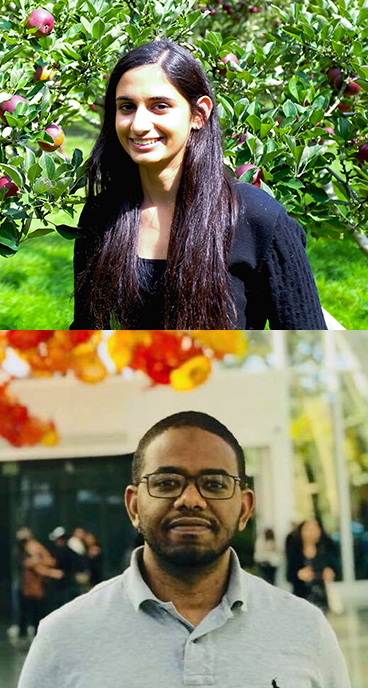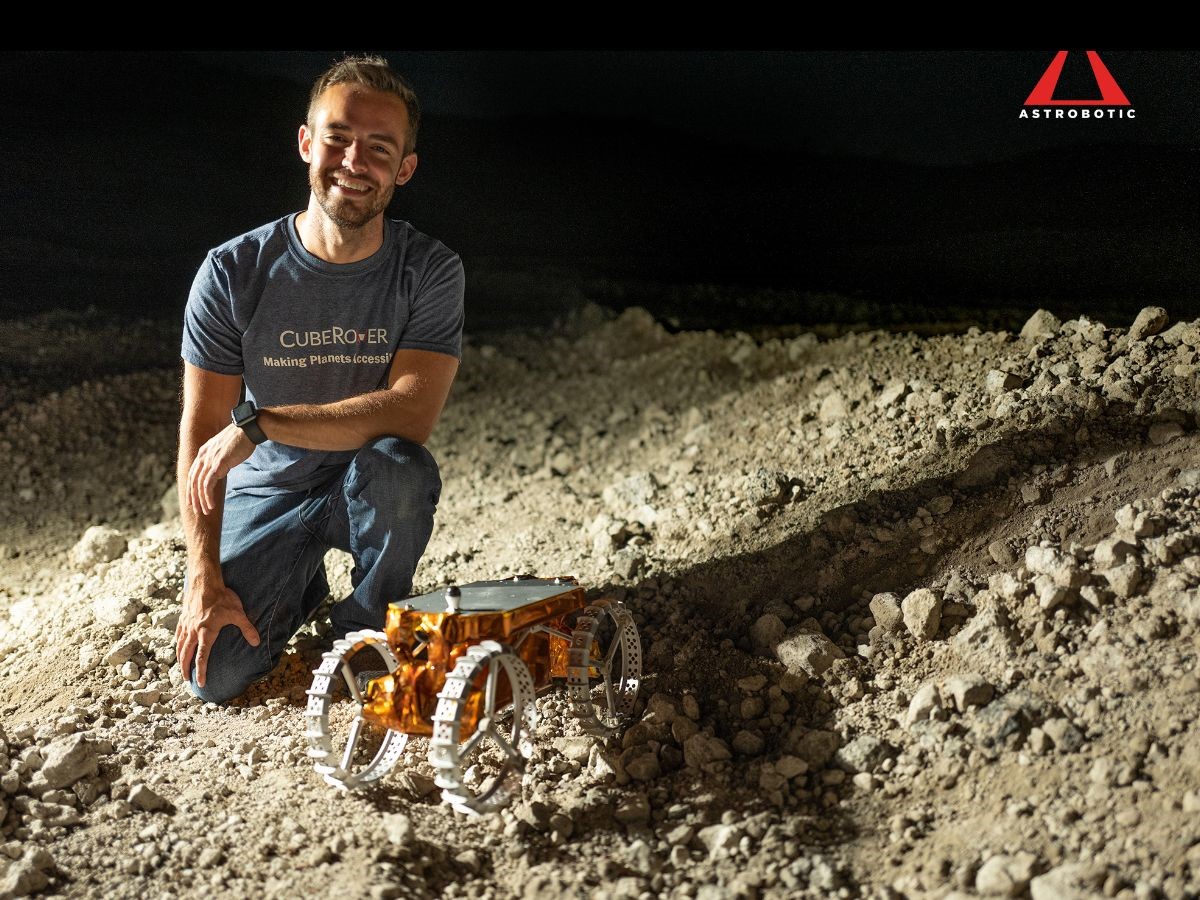HCII's Rivera Receives Dissertation Fellowship
Michael Rivera, a Ph.D. student in the Human-Computer Interaction Institute, is one of just six recipients of a dissertation fellowship sponsored by Google Research and the Center for Minorities and People With Disabilities in Information Technology (CMD-IT). The fellowship, established in 2019 by Google and CMD-IT's Diversifying Future Leadership in the Professoriate (FLIP) Alliance, supports students from groups that traditionally have been underrepresented in computer science. The Google CMD-IT FLIP Fellowships are to be used in a recipient's in final year for completing their dissertation requirements. Rivera's research combines human-computer interaction, materials science and digital fabrication. His dissertation work addresses how soft materials can be integrated into 3D printing processes to create personalized and interactive objects. After completing his Ph.D., Rivera plans to become a university professor. The FLIP Alliance is sponsored by the National Science Foundation and aims to increase the diversity of the computing professoriate in research universities. The alliance includes the 11 universities that produce the largest numbers of computer science research faculty, including Carnegie Mellon University.

